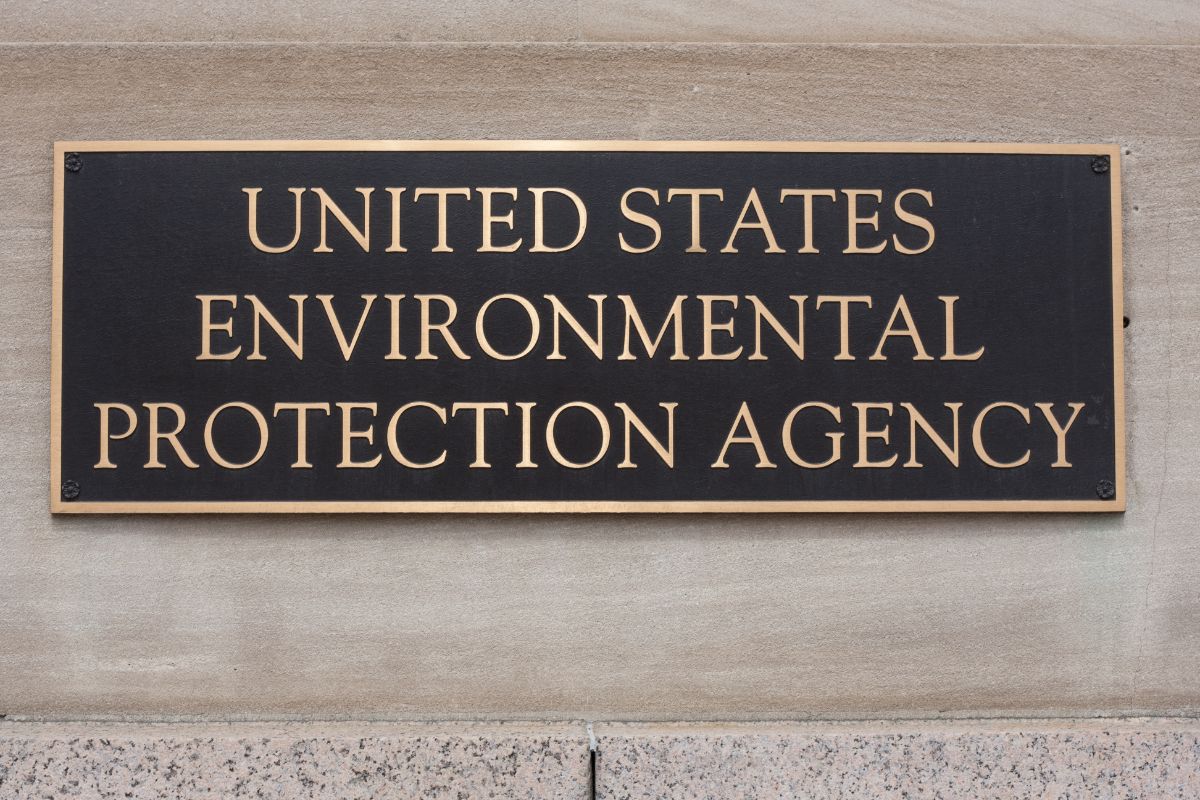 This is an informational blog post about the recent changes to CA Air Resource Board (CARB) and the Environmental Protection Agency (EPA) restrictions on commercial vehicles.
This is an informational blog post about the recent changes to CA Air Resource Board (CARB) and the Environmental Protection Agency (EPA) restrictions on commercial vehicles.
Commercial vehicles such as trucks and buses play a significant role in our economy and daily lives. However, they also contribute to air pollution and harmful emissions that negatively impact public health and the environment.
To address this issue, the Environmental Protection Agency (EPA) has recently implemented regulations to reduce commercial vehicle emissions. This article will discuss the EPA's efforts to clean up commercial vehicle emissions, including regulations on diesel vehicles and the California Air Resources Board's (CARB) involvement.
These “initiatives” are not always popular with truck and bus drivers. Sometimes, it seems as if they fail to plan anything and regulate everything. Clean air is a worthy goal, but so is clothing and feeding 350 million Americans. Moving nearly $1 trillion in products and passengers each year will not happen without some commercial vehicles with diesel engines.
Regulations on Diesel Commercial Vehicles & Their Emissions
One of the primary sources of air pollution from commercial vehicles is diesel emissions. Diesel engines release pollutants such as nitrogen oxides (NOx), particulate matter (PM), and greenhouse gases (GHG) that contribute to smog, asthma, and other health issues. To combat this issue, the EPA has implemented regulations on diesel engines to reduce their emissions.
In 2001, the EPA established the first emission standards for heavy-duty diesel engines, the National Clean Diesel Campaign.
These standards required manufacturers to reduce emissions of PM and NOx by up to 90% compared to previous engines. Since then, the EPA has continued to tighten regulations, with the latest standards requiring a 70% reduction in NOx emissions by 2027.
In December 2022, the EPA introduced new regulations:
“NOx emissions have to drop from 200 mg per horsepower-hour to 35 mg for spark-ignition engines, and 50 mg for compression-ignition engines. That's for cruising and acceleration testing. New requirements are also going into place for "low-load" conditions such as idling and stop-and-go traffic, as part of the EPA's expanded testing. Spark-ignition engines will have to hit 50 mg, and compression-ignition engines will have to reach 65 mg.”—The EPA.
The CARB's Involvement
California has consistently pushed the envelope to fight air pollution from commercial vehicles. The state has its own set of regulations, established by the California Air Resources Board (CARB), which are often more stringent than the EPA's. In 2008, CARB implemented the California Diesel Fuel Regulations, which required ten parts per million (ppm) sulfur content limit for all diesel fuel sold in the state.
The CARB has also implemented regulations on diesel engines similar to the EPA's. In 2010, CARB established the Truck and Bus Rule, which required all heavy-duty diesel trucks and buses operating in California to be retrofitted with exhaust filters by 2023. The rule also required all vehicles to meet the 2010 federal emission standards by 2023.
“Diesel exhaust is responsible for 70% of the cancer risk from airborne toxics. Therefore, by January 1, 2023, nearly all trucks and buses will be required to have 2010 or newer model year engines to reduce particulate matter (PM) and oxides of nitrogen (NOx) emissions.”—CARB.
Restrictions on Diesel Trucks and Buses in CA
As a result of these regulations, many diesel trucks and buses are now restricted in California. For example, trucks and buses with pre-2010 engines can only operate in California if they have been retrofitted with emission control technology.
Additionally, starting in 2023, all heavy-duty trucks and buses in the state must have 2010 or newer model year engines. This will further reduce emissions of NOx and other pollutants.
In conclusion, the EPA's regulations on diesel engines and CARB's involvement have significantly reduced commercial vehicle emissions in California. The state's strict regulations have led to restrictions on many diesel trucks and buses, aiming to reduce harmful pollutants and improve air quality. While these regulations may significantly impact the commercial bus and trucking industry, they are necessary for the health and well-being of Californians and the environment.
We believe it is vital to keep the public updated on the changes that affect our clients in the bus and trucking industry. We know it is crucial for bus and truck drivers to have knowledgeable and experienced representation to resolve traffic tickets in court.
The commercial vehicle driver does not have the time or knowledge required to resolve a moving violation in traffic court favorably. Even those with the required knowledge do not have time to sit in court waiting for their names to be called. We take the worry and hassle out of disputing your traffic ticket. Although we cannot guarantee a dismissal, we will do our best to ensure the best results.
Consult with Bigger & Harman, APC, to Resolve Commercial Traffic Tickets in Roseville, CA
Call Bigger & Harman at (661) 349-9300 or email attorney@biggerharmanlaw.com.
“If you want the best traffic lawyer go to him especially if you have a Class a driver license!”—Max P., Parlier, CA.
We offer commercial vehicle drivers a free initial consultation, even by phone, email, or by using our online contact form. We have been asked to resolve more than 20,000 traffic tickets in CA courts. Give us a call; let’s discuss yours.
Se habla Español (661) 349-9755.
References:
The DMV Portal CA Commercial Driver Handbook.
The Autoblog article, EPA introduces stringent new truck engine emission rules.
The CA Diesel Fuel Regulations of 2008.
The CARB Truck and Bus Rule of 2010.
